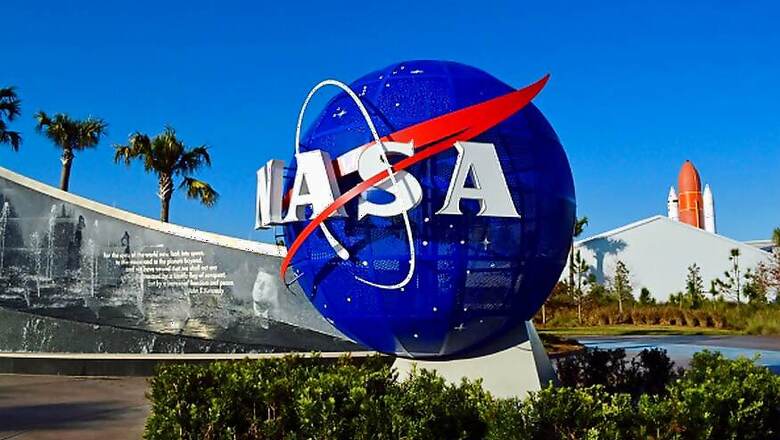
views
NASA's Curiosity rover could soon be drilling rocks on Mars again, according to the US space agency. Engineers have been working for the past year to restore the rover's full drilling capabilities, which were hampered in 2016 due to a mechanical problem, NASA said in a statement. A new technique called Feed Extended Drilling, or FED, lets Curiosity drill more like the way a person would at home, using the force of its robotic arm to push its drill bit forward as it spins. The new version of FED adds a hammering force to the drill bit. The drill was tested with the FED technique without percussion at the end of February, NASA said.
Also Read: Samsung Galaxy J6 First Impressions Review: Samsung's Premium Features in a Budget
It did not successfully produce a rock sample but did provide valuable results for engineers at NASA's Jet Propulsion Laboratory (JPL) in Pasadena, US. Data from the percussive tests will help them continue to refine the drilling technique over the coming months. "This is our next big test to restore drilling closer to the way it worked before," said Steven Lee, Curiosity deputy project manager at JPL. "Based on how it performs, we can fine-tune the process, trying things like increasing the amount of force we apply while drilling," said Lee. The strategy has been to prototype these new methods while on the go, he said. Engineers at JPL will continue tweaking the extended drilling technique. At the same time, they are developing new ways to improve the drill's performance.
Also Read: Samsung Galaxy A6+ First Impressions Review: A Complete Package
The rover has been making its way along Vera Rubin Ridge towards an uphill area enriched in clay minerals that the science team is eager to explore. In anticipation of being able to obtain samples, the rover reversed direction in mid-April, heading towards a location just downhill from the ridge. "We have purposely driven backwards because the team believes there is high value in drilling a distinct kind of rock that makes up a 200-foot-thick layer below the ridge," said Curiosity Project Scientist Ashwin Vasavada of JPL. "We are fortunately in a position to drive back a short way and still pick up a target on the top of this layer," said Vasavada.
Also Watch: OnePlus 6 First Impressions Review: All You Might Need in 2018



















Comments
0 comment